Cruising. Can or should we talk about sustainable cruising?
Pnrr does not work for ferries. We are talking about ecological transition, but ferries are old ships and should be renovated, just as the cruise industry has done. Pierfrancesco Vago, executive chairman of MSC Crociere, did not mince words at the annual meeting of the Assarmatori trade association.
This comment from the TTG Italia article made me reflect on whether or not we need to talk and work to make the cruise sector more sustainable.
We need the initial data to understand the context in which we find ourselves at an international level and to understand whether it makes sense to consider the hypothetical valuation of this sector.
We need the initial data to understand the context in which we find ourselves at an international level and to understand whether it makes sense to consider this sector’s hypothetical valuation.
How many passengers take a cruise each year?
Il Sole 24 ore, Italy’s most critical business newspaper, reports that ‘More than 20 million people worldwide chose to spend a holiday on a cruise in 2022’.
What is the value of the industry?
The global cruise market was estimated at $7.9 billion in 2022. From 2023 to 2032, it is estimated to reach $22.8 billion, with a growth rate of 11.5 per cent. https://market.us/report/cruise-market/ .
How many employees work in the industry?
In 2019, the cruise industry employed about 1.2 million people worldwide. https://blog.gitnux.com/cruise-industry-statistics/
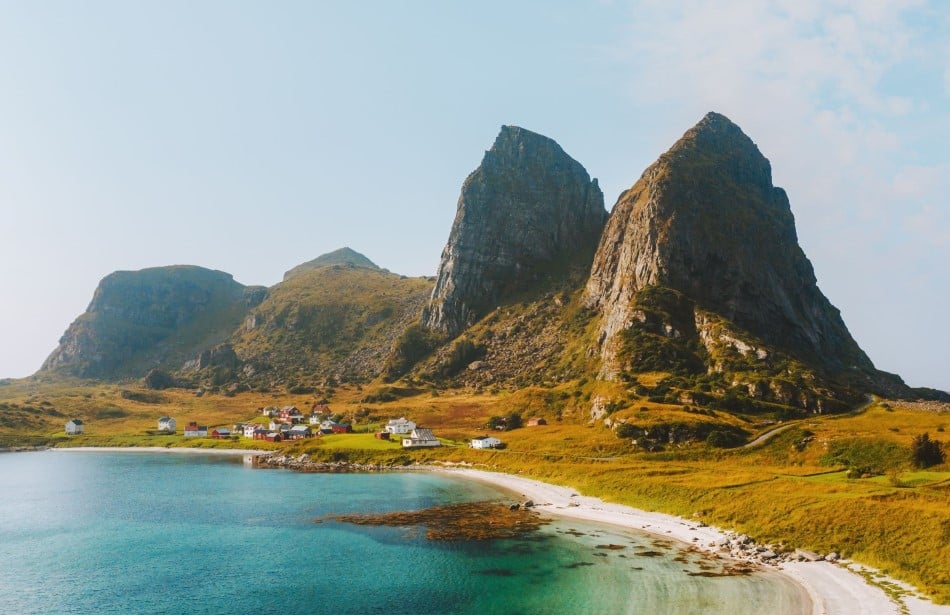
Sustainability challenges abound in an industry known for its carbon-emitting ships, excessive waste production (including rubbish, sewage and grey water) and excessive port tourism, not to mention environmental violations.
Cruise ships and other maritime vessels are responsible for almost 3% of global greenhouse gas emissions yearly. A Pacific Standard report revealed that the average person’s carbon footprint triples during a cruise.
The introduction of stricter regulations and global environmental benchmarks and the growing consumer demand for cleaner, greener holidays have meant that cruise lines are making efforts to make their experiences at sea much more sustainable.
All cruise lines invest in green initiatives, from carbon footprint analysis to emissions refinement.
What does it mean to make the cruise industry green?
Basic sustainability practices such as banning plastic straws or reusing laundry are insufficient today.
The real innovators are the cruise lines that pursue decarbonisation goals more vigorously through technological innovations, especially concerning cleaner alternative fuels and greener port infrastructure.
The ocean cruise lines that are members of the Cruise Lines International Association (CLIA), the cruise industry’s largest trade association, have committed to achieving zero carbon emissions by 2050 and reducing carbon emissions by 40 per cent by 2030 (compared to 2008 levels).
While these targets are being met, industry observers say greenwashing abounds.
‘Many of the sustainability claims are either just greenwashing or are the same types of “sustainability” measures that have been taken for years in land-based tourism,’ says Marcie Keever, director of the environmental group Friends of the Earth, which annually compiles a ‘report card’ of cruise lines.
Experts such as Dr. Mark Jacobson, director of Stanford University’s Atmosphere/Energy Programme, argue that the industry should focus more on emerging zero-emission energy technologies. ‘By far the cleanest solutions for ships are battery electricity and hydrogen fuel cell electricity,’ says Jacobson, pointing out that ‘in both cases, all ship emissions – apart from water vapour in the case of hydrogen fuel cells – are eliminated’.
Low-carbon liquefied natural gas (LNG) is a dirty fuel, says Jacobson, according to which ‘the direct air pollution emissions of LNG are lower than those of heavy fuel oil, but are still considerable – and its upstream emissions and footprint are greater than those of heavy fuel’, due to factors such as unsustainable extraction practices (such as fracking) and methane by-products.
CLIA reports that more than 15 per cent of cruise ships debuting in the next five years will be equipped with hydrogen fuel cells or electric batteries.
Another promising sustainability development is the industry’s shift to zero-emission docking. The vast majority of new ships are designed with the ability to switch off their fuel engines and connect to the local power grid while in port, thus reducing air pollution and related health problems. The caveat: only 29 of the approximately 1,500 ports visited by CLIA ships currently offer compatible infrastructure.
Who is working to make the cruise industry green?
Hurtigruten Expeditions pioneered its hybrid-powered expedition ships, Roald Amundsen and Fridtjof Nansen, the first of which was launched in 2019. Now, the company is converting the rest of its expedition fleet to hybrid power, reducing carbon emissions by around 20 per cent. The world’s first zero-emission cruise ship is planned to be built by 2030.
In the meantime, the seven ships of Hurtigruten’s Norwegian Coastal Express fleet, which sails up and down the Norwegian coast, have been converted to run on hybrid power or, even more interestingly, biofuel, derived in part from the waste of dead fish.
Plastic has been eliminated from all company operations, while suppliers are selected based on their sustainability. Some of the crew’s uniforms are made from recycled fishing nets, while the food served on board is locally sourced and sustainable. Sailing with Hurtigruten to the Lofoten Islands in Norway, you can visit the family-run farm that provides all the goat cheese for the fleet.
They have also activated shore-based electrical connectivity to eliminate emissions in port and were the first cruise line to phase out single-use plastic on board.
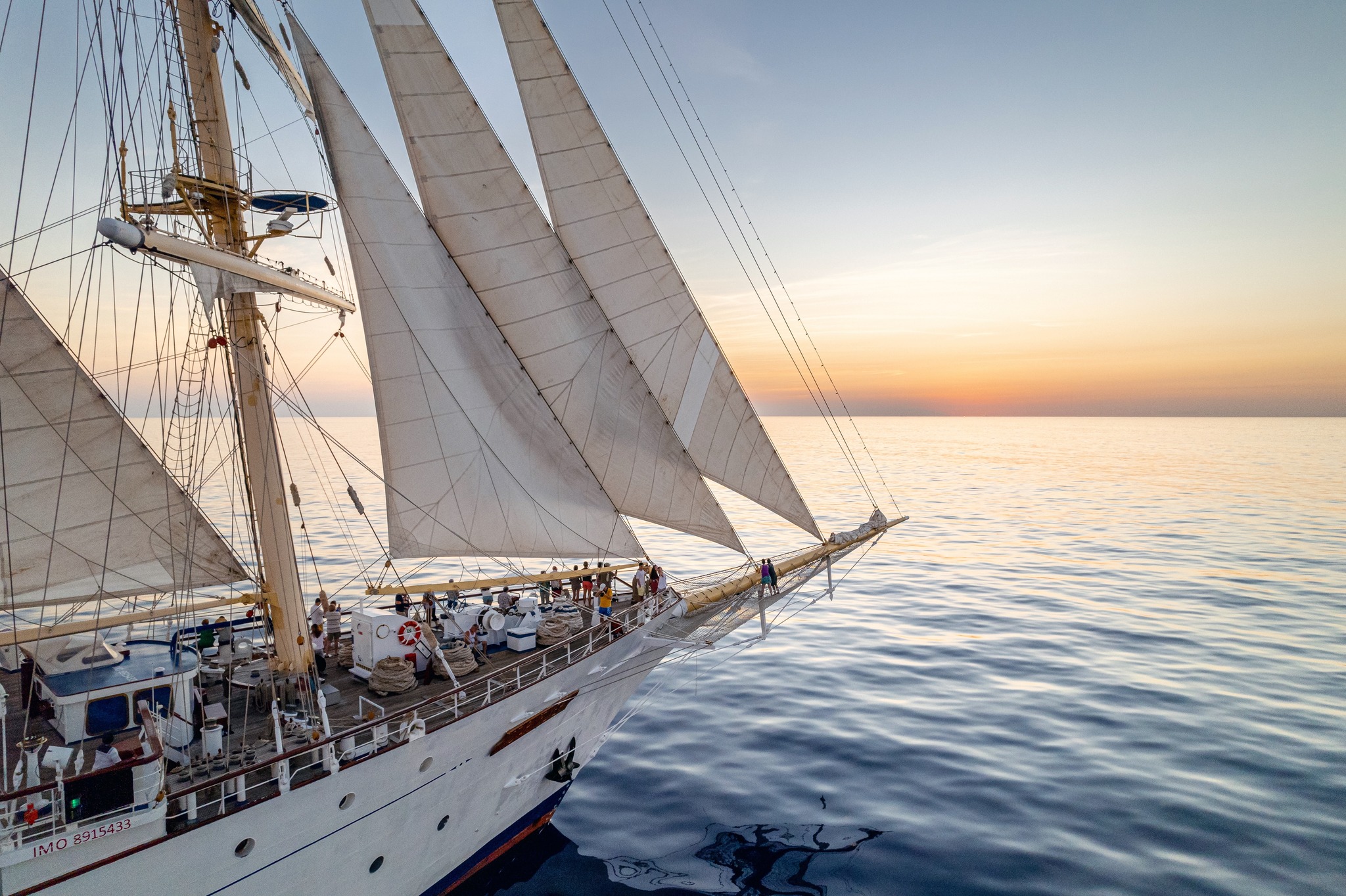
The Munich-based Star Clippers operates a trio of tall ships from 166 to 227 passengers that run exclusively on wind power up to 80 per cent of the time (and use low-sulphur diesel).
The ships’ smaller size means a minor overall impact and access to less busy ports.
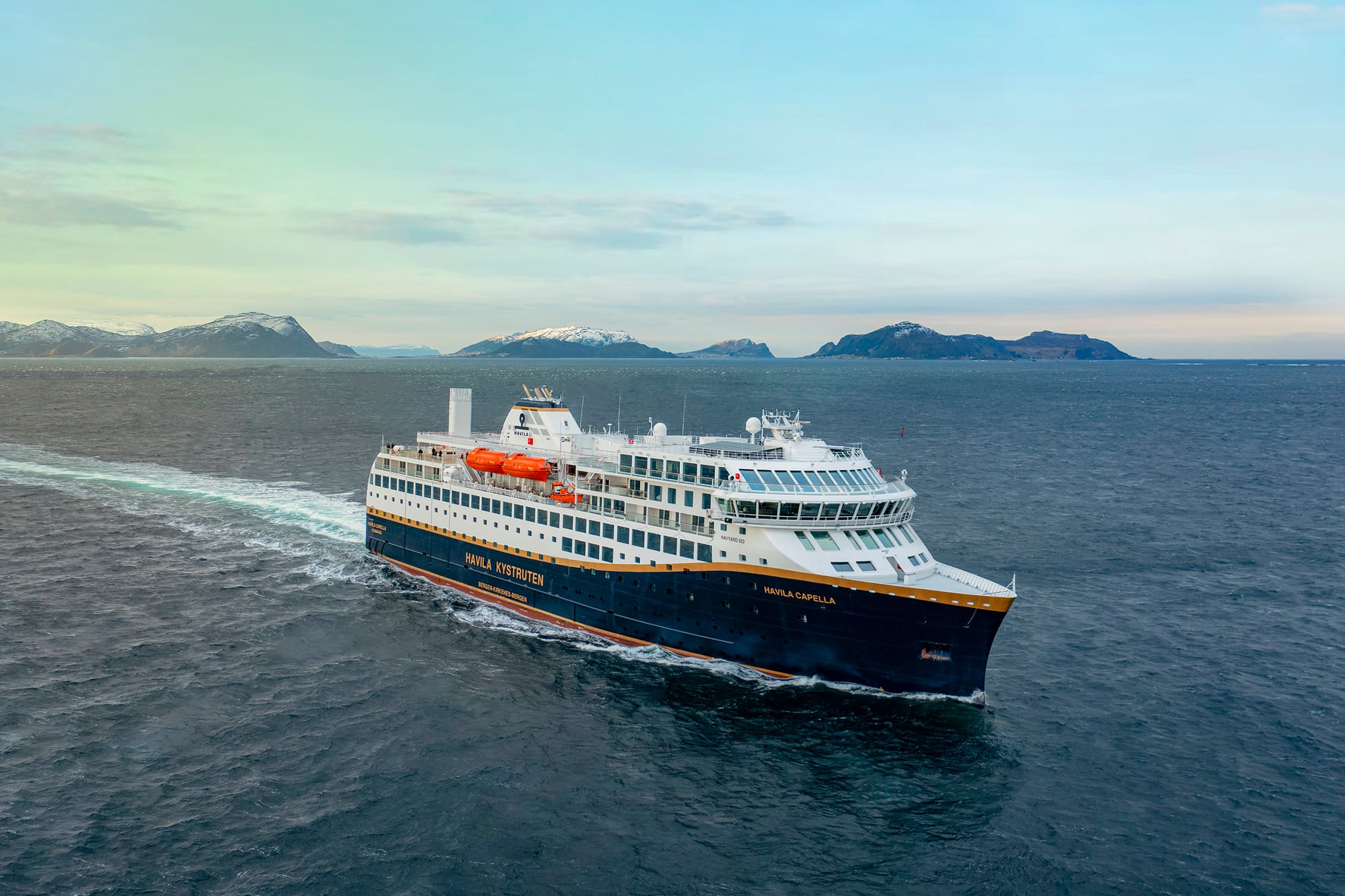
Havila Voyages is a cruise line that debuted in 2022 and operates the Norwegian coastal route with Hurtigruten. It has so far launched two of the four planned hybrid ships. Havila Voyages has giant passenger ship batteries at sea, allowing its ships to sail – for up to four hours – through the country’s UNESCO-protected fjords in silence and without emissions.
These ships are future-proofed when hydrogen power or synthetic LNG becomes an option. Although the boats also use LNG power, Havila aims to sail emission-free, with ships designed to switch to hydrogen power once the technology becomes available.
Battery charging is also sustainable, as charging stations along the Norwegian coast are powered by hydropower.
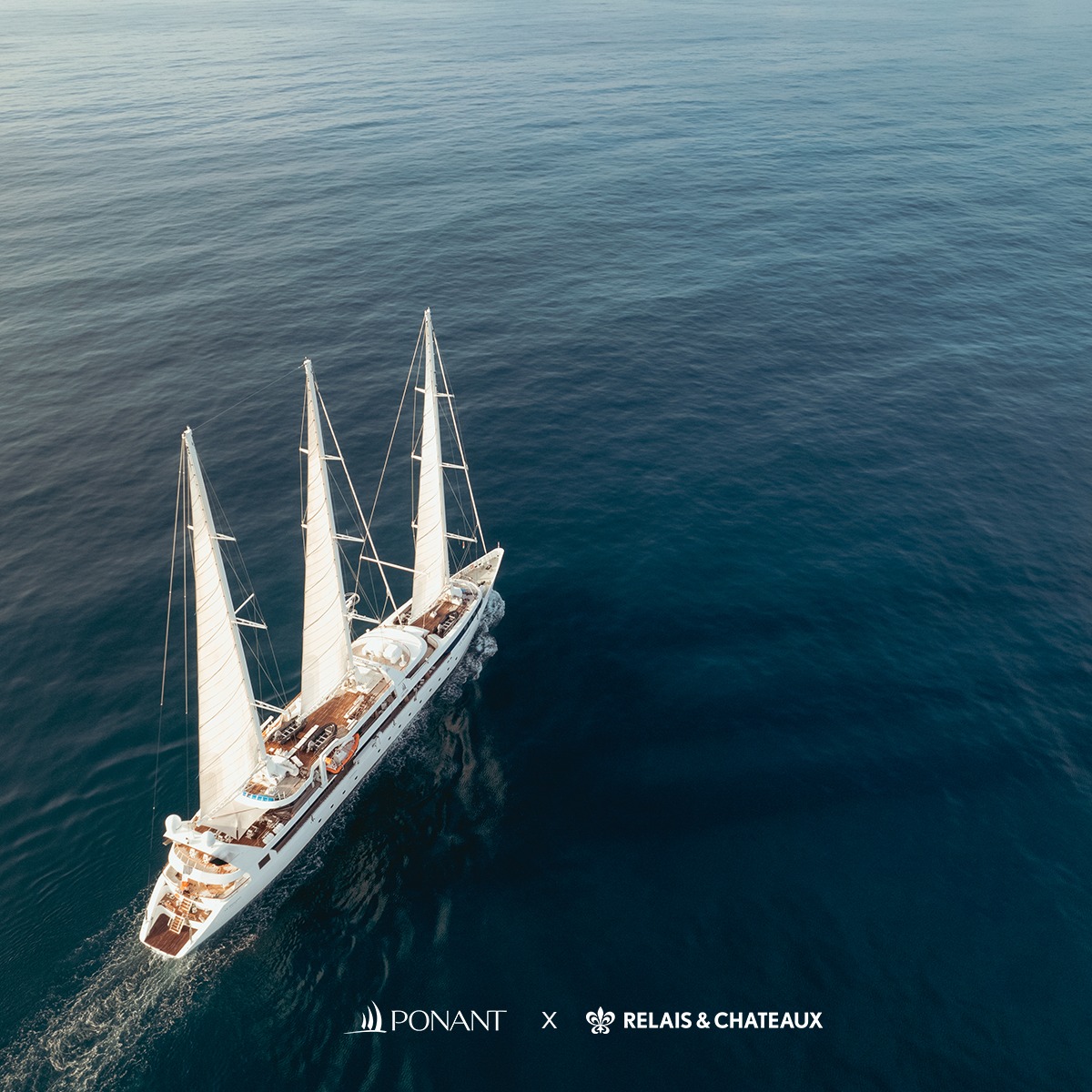
The French luxury cruise line Ponant launched a low-emission hybrid expedition ship (powered by LNG and electric batteries), the 245-passenger Le Commandant Charcot, in 2021 to explore remote destinations, including Antarctica, and has plans for a ‘zero impact’ ship by 2025.
All Ponant ships are equipped with shore-to-ship electrical connections in ports; the company has stopped using single-use plastic, and environmental impact studies are conducted before designing any itinerary.
The company also takes sustainable tourism seriously, planning all itineraries in collaboration with local communities to ensure the large and remote populations are manageable. Food is sourced locally wherever possible without depleting the resources local populations need.
A-ROSA is one of the most ambitious river cruise companies when it comes to sustainable navigation. All ships in the fleet are equipped with a shore power connection to avoid having their engines running in port. Recently, the company launched a 280-passenger boat on the Rhine, A-ROSA Sena, equipped with a hybrid propulsion system that allows it to enter port with its battery-powered engine quietly, connect to the electricity grid and recharge overnight. The aerodynamic design of the hull reduces drag, ensuring even greater fuel efficiency.
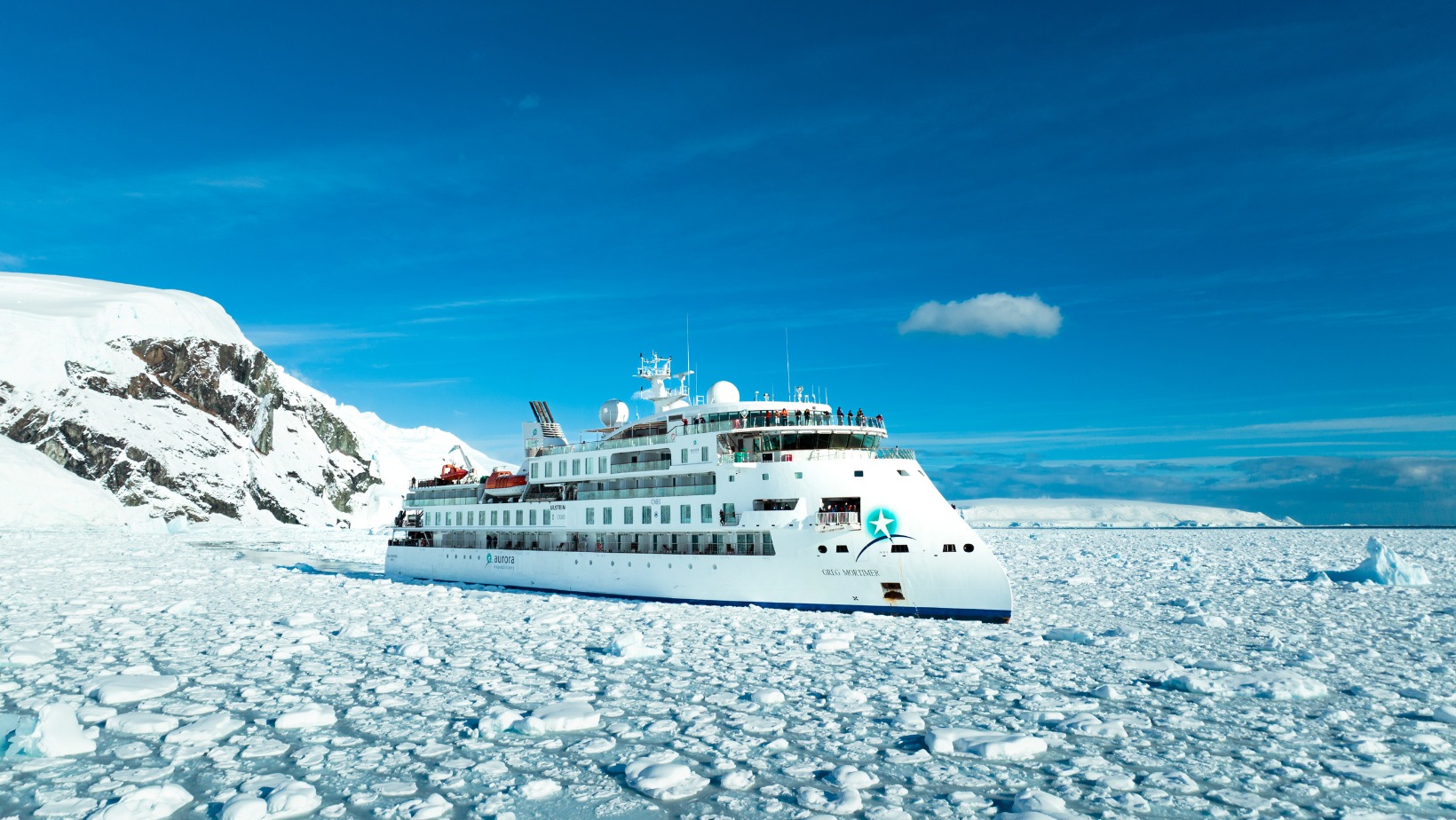
Aurora Expeditions is one of the first cruise companies to build ships with the futuristic-looking Ulstein X-BOW. This Norwegian invention features an inverted bow, wide at the top and pointed at the bottom. This energy-efficient design silently clears waves with minimal vibration, reducing fuel consumption by up to 60 per cent.
Australian-owned Aurora is already certified 100% carbon neutral. For example, the company’s greenhouse gas emissions are offset by purchasing carbon credits at a wind farm in Taiwan.
The company also hosted the first Antarctic climate expedition in February 2023, led by renowned oceanographer and conservationist Sylvia Earle, after whom its new ship is named. The invitation-only expedition is helping to formulate 23 resolutions to inspire change towards zero global emissions by 2050.
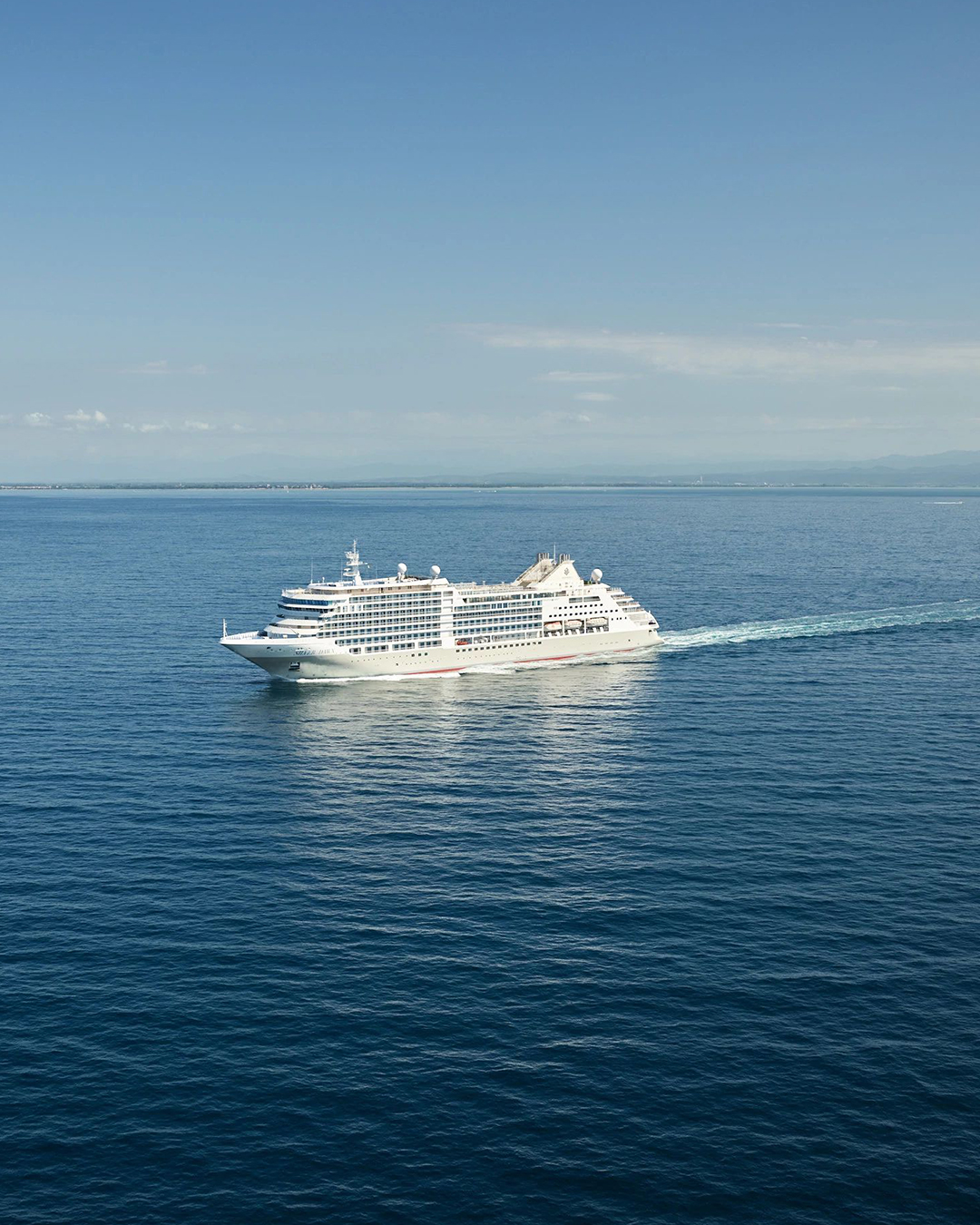
Luxury cruise line Silversea, best known for its elegant ships and all-inclusive service, has announced ‘Project Evolution’, a series of vessels to be launched in 2023 that will use ambitious hydrogen fuel cell technology to provide 100 per cent of energy while in port – a first in the cruise industry.
The ships will use three energy sources: dual-fuel engines with LNG as the primary fuel, batteries and fuel cells. Waste treatment systems will be super-efficient, reducing the volume of waste on board. The company will also work with the Meyer Werft shipyard in Germany to make the shipbuilding process zero-emission.

Explora Journeys, the MSC Group’s new luxury brand, will debut in 2027 with an LNG-fuelled ship equipped with hydrogen fuel cells and methane slip reduction technology.
In partnership with Italian shipbuilders Fincantieri, Explora Journeys’ pioneering ships (the first of two planned for the fledgling company) will have significantly reduced greenhouse gas emissions when at sea and emit little more than water vapour and heat when stationary in port.
Other brand highlights include a ban on single-use plastics and certification to reduce underwater noise (so as not to disturb marine wildlife).
Source
- TRAVEL QUOTIDIANO https://www.travelquotidiano.com/informazione-pr/crociere-sostenibili-rotta-verso-2050/tqid-445738;
- CNN https://edition.cnn.com/travel/article/eco-conscious-sustainable-cruises-cmd/index.html
- THE TIMES https://www.thetimes.co.uk/travel/holiday-types/cruises/the-worlds-most-sustainable-cruise-lines
- TRANSPORT & ENVIRONMENT https://www.transportenvironment.org/discover/europes-luxury-cruise-ships-emit-as-much-toxic-sulphur-as-1bn-cars-study/#:~:text=The%20most%20polluting%20cruise%20ships,LNG)%20as%20a%20cleaner%20alternative.
- CLIA https://cruising.org/en-gb/environmental-sustainability
Sara – tourism sector consultant
PS. Do you want to GROW your business with POSITIVE impact… without huge investments? Sign up for the email list by clicking on START HERE!
Or click this link https://www.sustainabletourismworld.com/start-here/ to download my INFOGRAPHIC!
